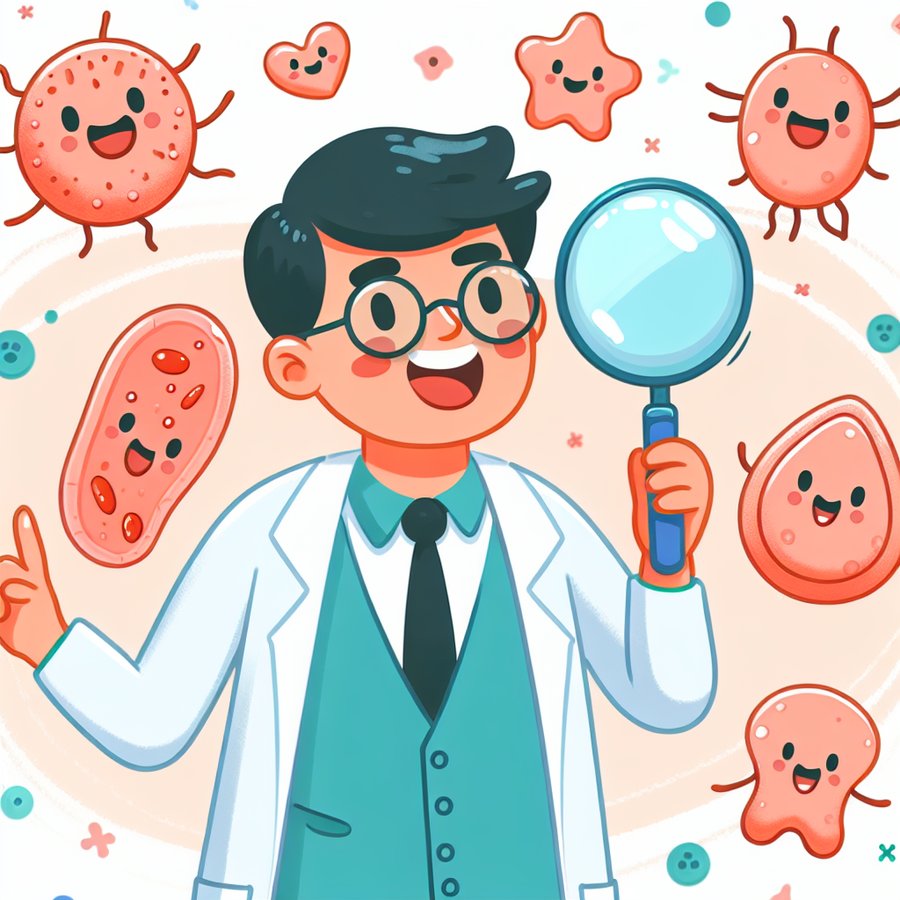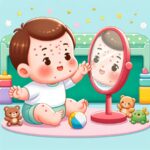Seborrheic Dermatitis, often known as cradle cap in infants, is a common skin condition that can cause concern for new parents. This detailed guide aims to enlighten you about everything you need to know about Seborrheic Dermatitis – from its causes and symptoms to effective treatment options and daily care suggestions.
What is Seborrheic Dermatitis?
Seborrheic Dermatitis is a non-contagious skin condition that mainly affects the scalp, but can also spread to other oily areas of the body, such as the face, ears, and sometimes the diaper area. It’s characterized by red, scaly, itchy patches on the skin. In babies, it is commonly referred to as cradle cap, which presents as crusty, yellow scales on their heads.
Although the exact cause of Seborrheic Dermatitis is not fully understood, factors like genetics, hormonal changes, and yeast that lives on the skin, play significant roles. It’s important for parents to know that this condition is not caused by poor hygiene or allergies and is usually not a sign of a more serious health issue.
What Causes Seborrheic Dermatitis in Babies?
The exact cause of Seborrheic Dermatitis in babies is unknown, but it’s believed to be linked to an overproduction of oil (sebum) in the skin’s oil glands and hair follicles, combined with the presence of a yeast called Malassezia. Hormonal changes in the baby’s body after birth may also contribute to the overproduction of sebum.
It’s also worth noting that Seborrheic Dermatitis is more common in infants up to 3 months of age and might reappear during puberty due to hormonal shifts. Understanding these causes can help parents manage their expectations and approach treatment with a clearer perspective.
How to Identify Seborrheic Dermatitis in Your Baby
Identifying Seborrheic Dermatitis involves observing the characteristic symptoms on your baby’s skin. Look for thick, crusty, yellow or brown scales on the scalp. You might also notice redness and scales in other oily areas such as behind the ears, on the eyebrows, or even in armpits and diaper area.
While Seborrheic Dermatitis primarily affects the scalp, it’s crucial to check other parts of your baby’s body for signs. If you’re unsure whether your baby has Seborrheic Dermatitis or another skin condition, consulting a healthcare provider is always the best course of action.
Effective Treatment Options for Seborrheic Dermatitis
Treatment for Seborrheic Dermatitis primarily focuses on alleviating symptoms and includes regular washing of the baby’s scalp with a mild baby shampoo to remove scales. Softly brushing the scalp with a baby brush before rinsing can also help loosen the scales.
In more persistent cases, your healthcare provider might recommend a medicated shampoo or cream. It’s essential to use these products as directed and not to use over-the-counter medication without consulting a healthcare provider first. For further information on managing Seborrheic Dermatitis, visit the American Academy of Dermatology Association website.
Daily Care Tips for Babies with Seborrheic Dermatitis
Managing your baby’s Seborrheic Dermatitis involves daily care routines that can help alleviate the symptoms. Regular bathing with mild baby shampoos can help keep the scales under control. After bath time, gently patting the baby’s skin dry and applying a mild, fragrance-free moisturizer can help prevent skin irritation.
Additionally, avoiding excessive heat and humidity can help reduce Seborrheic Dermatitis flare-ups. Dressing your baby in soft, breathable fabrics and ensuring their sleeping environment is not too warm can also contribute to their comfort and symptom reduction. For more detailed information on daily care, consult with your healthcare provider or visit related resources such as our comprehensive guide on cradle cap.
When to See a Doctor for Seborrheic Dermatitis in Babies
If your baby’s Seborrheic Dermatitis seems to be getting worse despite home care, or if the skin becomes infected (evidenced by yellow pus, redness spreading, or increased tenderness), it’s important to consult a healthcare provider.
Additionally, if the Seborrheic Dermatitis spreads to a significant portion of the body or if you notice any signs of discomfort or distress in your baby, seeking medical advice is crucial. Early intervention can prevent complications and ensure your baby remains comfortable and healthy.
Understanding Seborrheic Dermatitis and implementing effective care can greatly improve the condition and your baby’s overall comfort. While it can be a distressing sight for parents, remember that it’s usually not serious and can be managed with proper care. For more parenting tips and baby care advice, explore our website.













